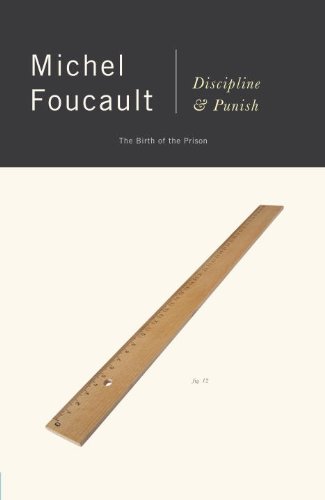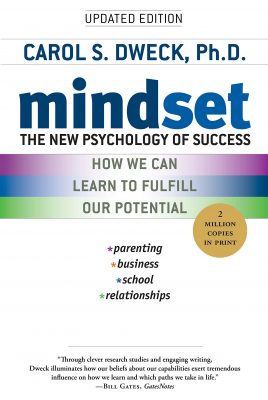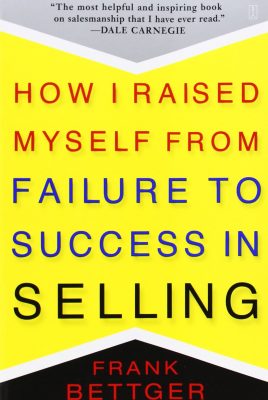Note: This post contains affiliate links which means if you click on a link and purchase an item, we will receive an affiliate commission at no extra cost to you.

Why This Book Matters:
Discipline & Punish is a look at the French Anien Regime in a modern light, showing how the pricson system is directly linked to societal functions.
The Big Takeaways:
- Criminal punishment may no longer be as publicly gruesome as it once was, but that is not entirely attributed to the growth of humanity.
- If Robert-Francois’ brutal execution for the attempted murder of Louis XV was the last of its kind; as the turn of the eighteenth century approached in Europe, the new norm was private torture that aimed at the soul rather than the body.
- Torture once went hand-in-hand with crime.
- Investigators once believed anything admitted during torture was truth.
- Because the public no longer was accepting of public torture, the way punishments had to be carried out changed.
- The new goal was to “improve” a criminal instead of just destroying a criminal.
- These three principles were the focus in criminal rehabilitation: hierarchical observation, normalizing judgment, and examination.
- One entity establishes the norm, enforces the norm, and observes abnormalities. Examples are schools, hospitals, etc.
- Key elements of this newfound criminal reform structure were observation or surveillance.
- The feeling of always being watched made prisoners behave accordingly.









Leave a Reply
View Comments